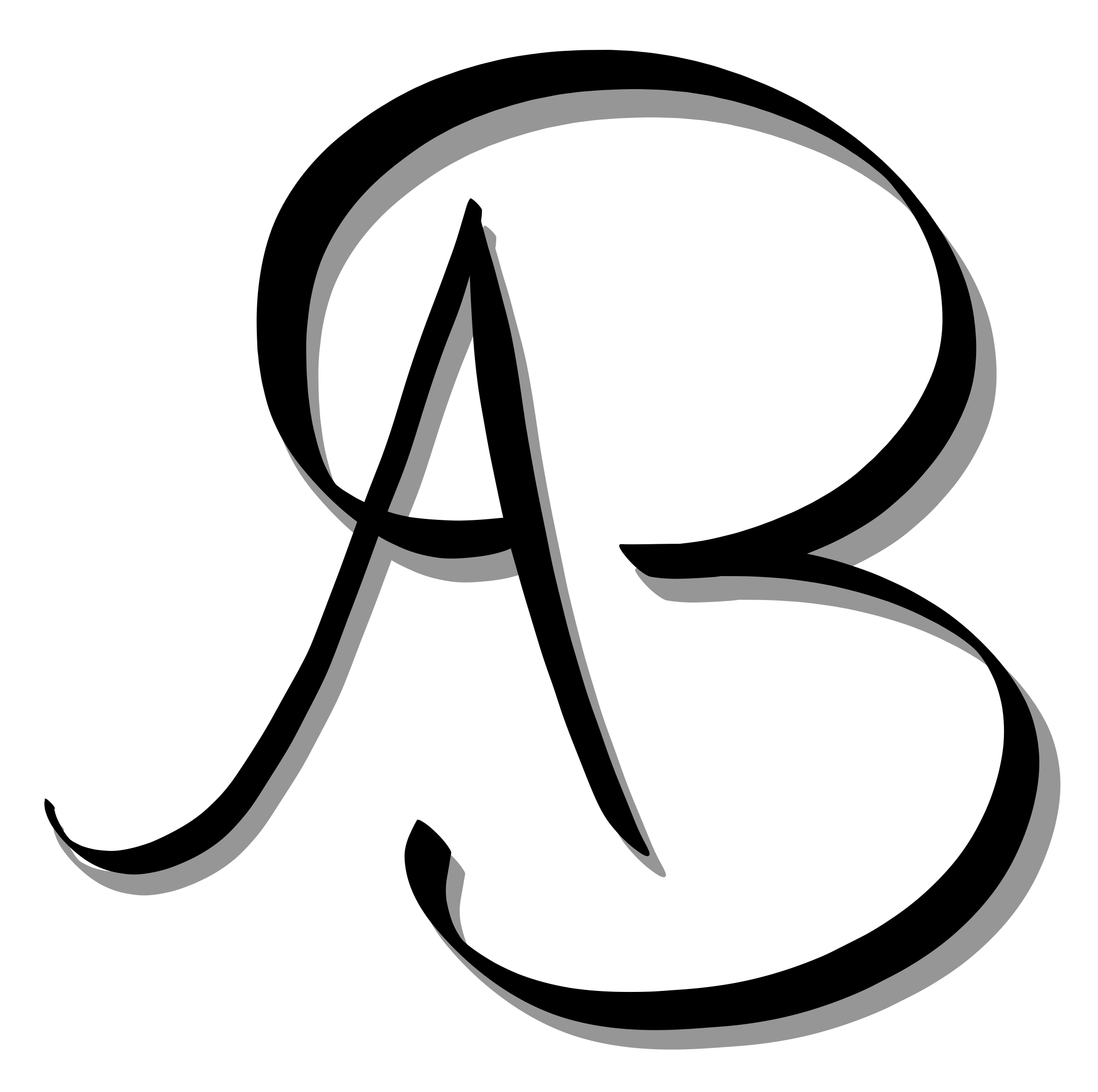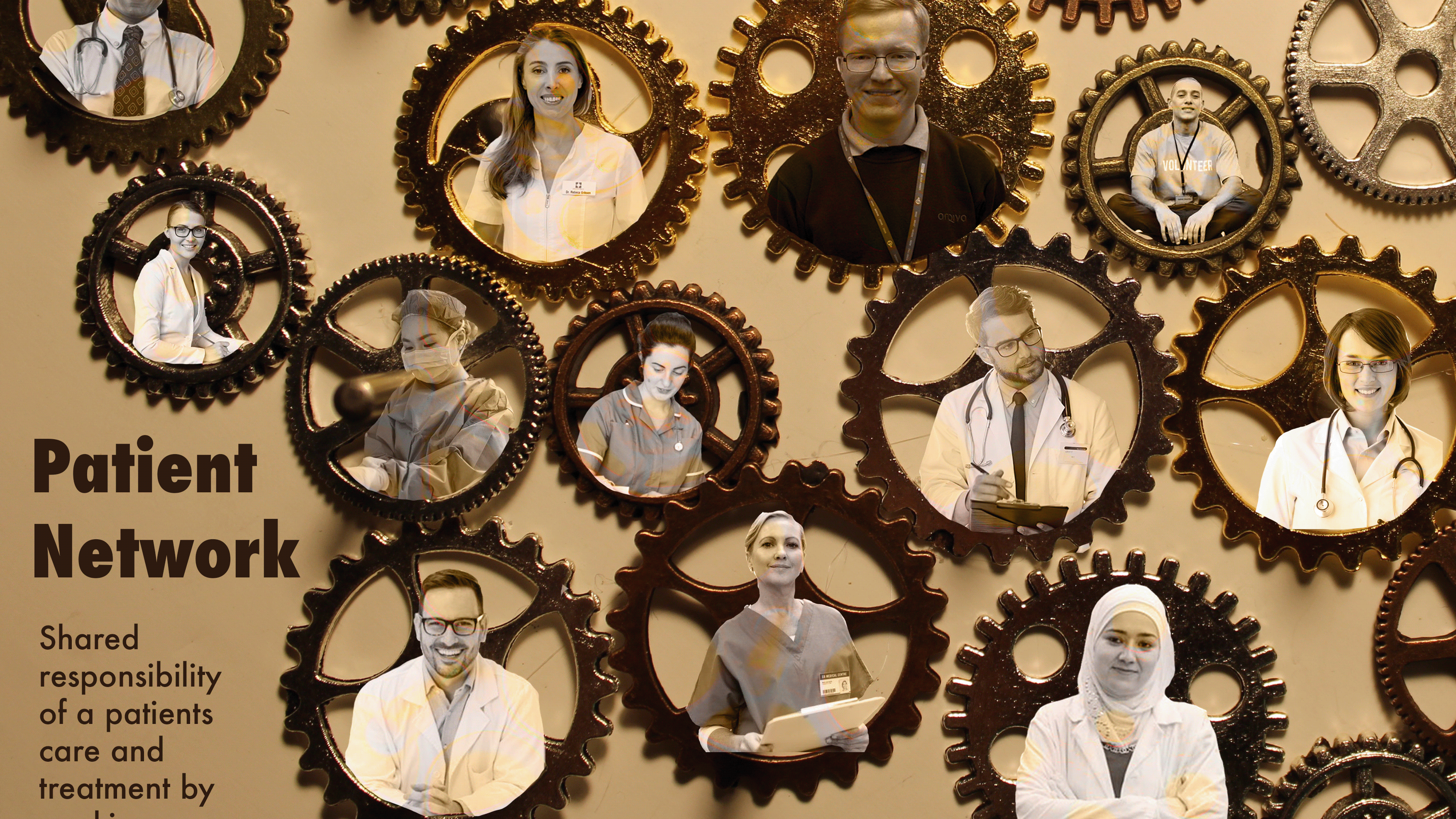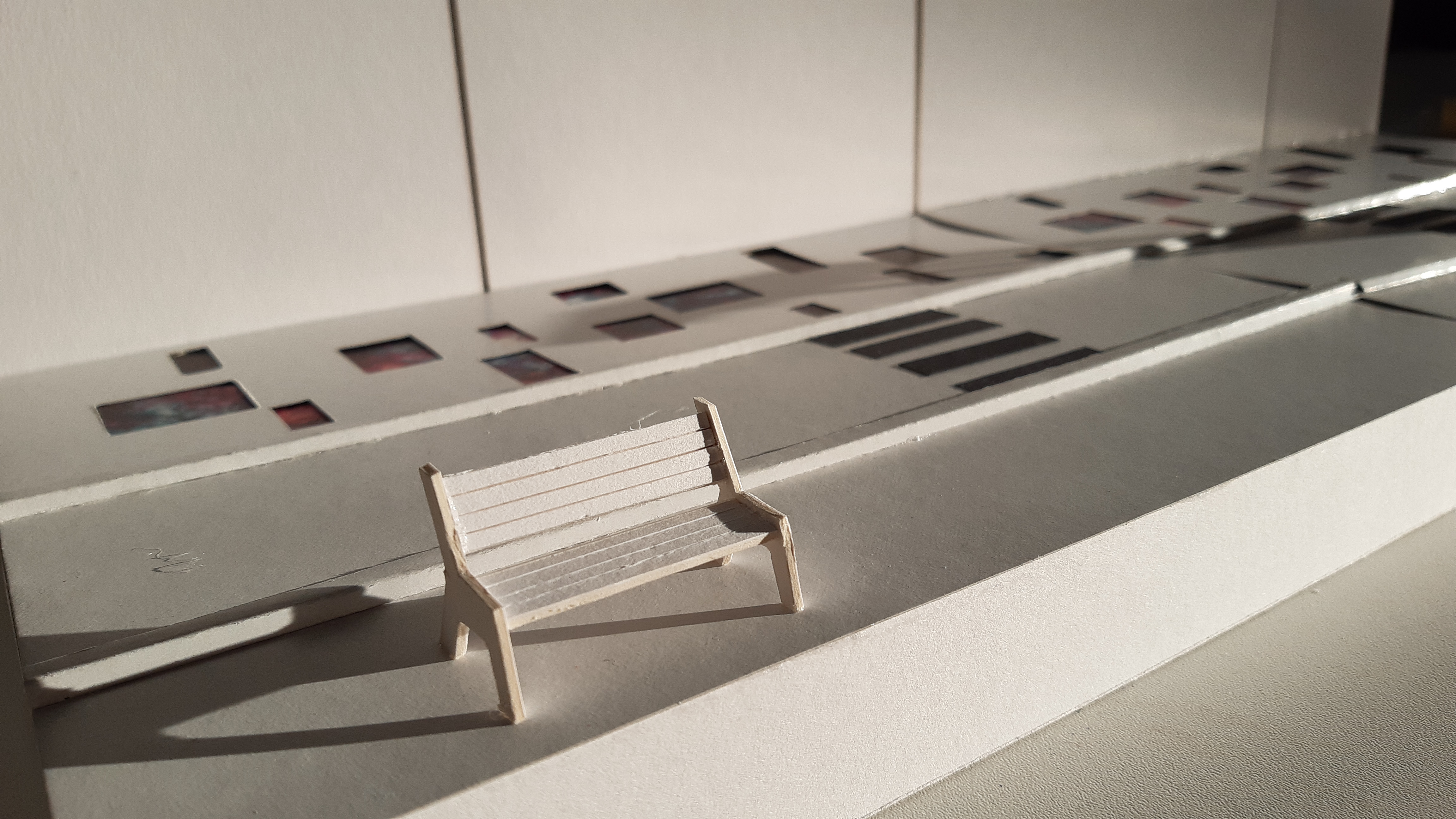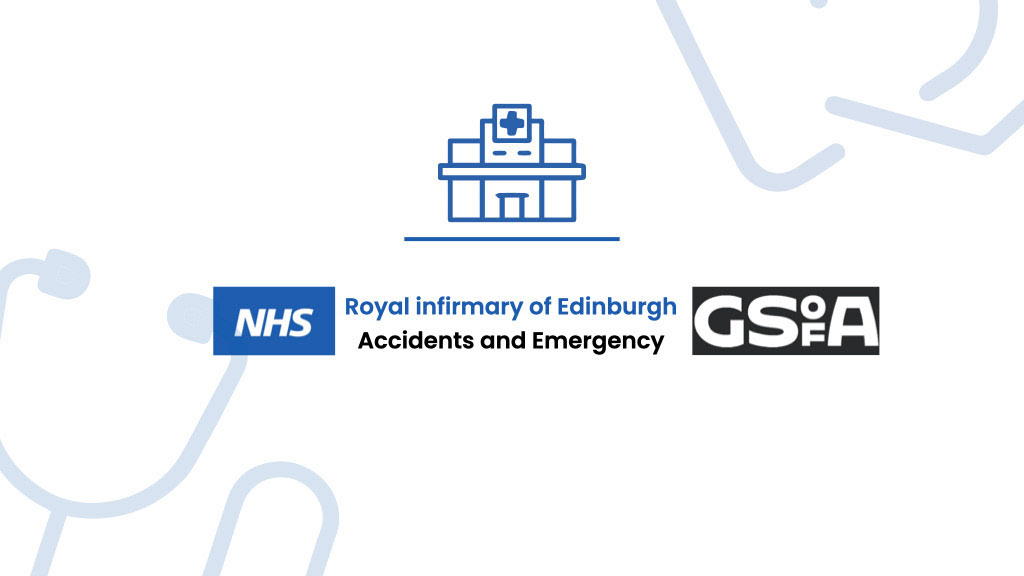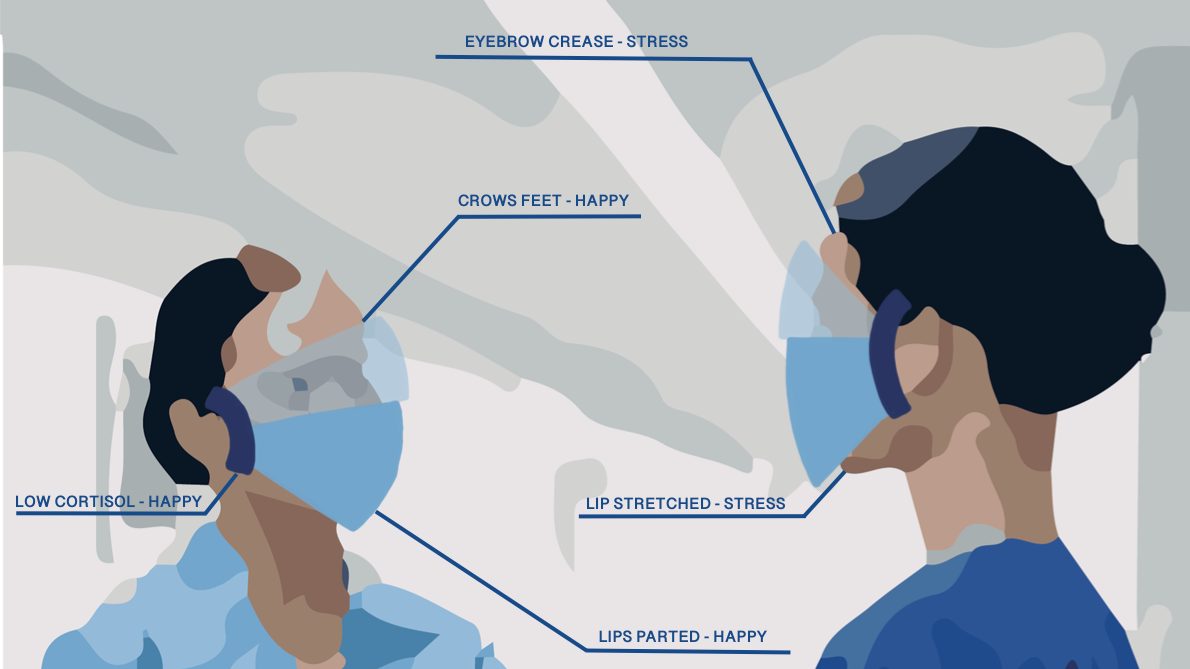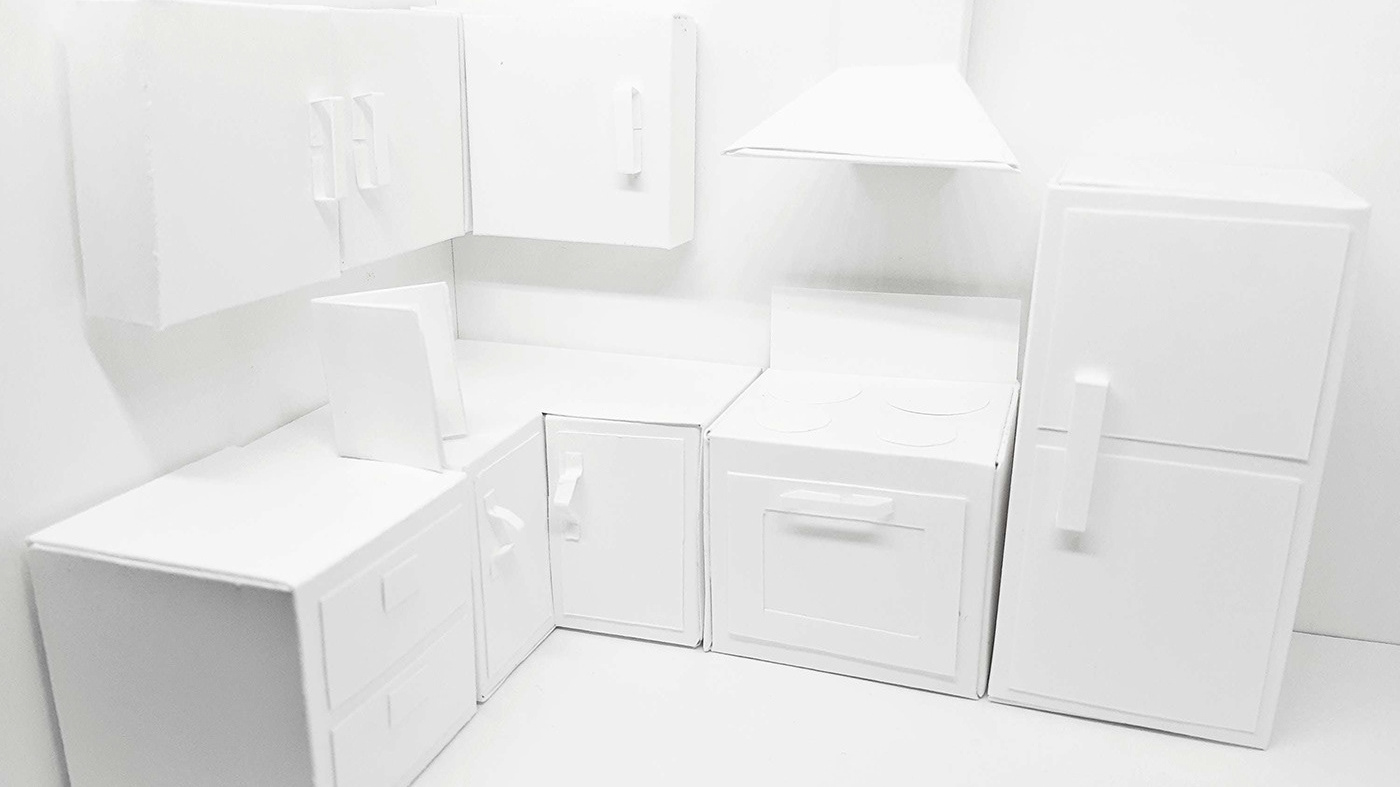Future Experiences: The future of cancer care and treatment with collective intelligence
Having examined my design proposal for part two in retrospect, I felt my outcome had been rushed and unresolved. It didn't answer sufficiently to my insights and strong design opportunity. I decided to strip away part two's outcome back to its foundations; designing a product/service for Anna to communicate her emotions to staff and/or patients in a paperless, digital era with less social skills in order to prevent burnout.
With my distinct area of interest in smart uniform, wearables and the ability of communicating stress through these vessels; I returned to my desk research for refining my knowledge on such technologies. From collating all these technology advancements in a mind-map I realised many were ‘owned’ in predominantly one sector, I felt for example that “Mood and Light responsive clothing” had remained within Glamour with unexplored potential elsewhere; whilst Live Data was dominant in Security and Business and considered less in communication. I was most intrigued in integrating Sport and Fitness industries technologies into the Medical Services.


Found previously in my sketchbook but overlooked was my discovery of the GPS vest. Recording retrospectively, these small vests are able to report on many aspects of their user including heart rate, body temperature, energy expenditure and location on the pitch (in other words data that could be used to produce a reading on stress level). This data once collected, is summarised and used by players themselves for self improvement as well as performance analysts and team managers. From this knowledge I hypothesised that by 2030 this technology wouldnt have to record retrospectively but report live and would become far more affordable due to technological progress. I therefore asked myself why these vests were not in the medical industry monitoring staffs wellbeing and performance.
This collectied data could be game-changing for the medical services but useless if nothing came of it. An analytical role would be required to assess this data. Despite them monitoring performance however, I didn't want them to use this intelligence negatively but for the staff's benefit. I recalled experts talking about various situations that caused them stress and mindmapped how this new role might help.
My considered actions of witnessing stress seemed appropriate but would require the input of more staff members. I worried about the afford-ability and credibility of this actually being applied to the medical system
I returned to my sports and fitness research and began considering the use of substitutes in football. Purposely having a number of medical staff on “your bench” and being able to have them switch with those feeling stressed, tired, sick etc whilst on shift would not only prevent their burnout but improve the standard of care and treatment in doing so too.
Presenting vocally with minimal visual sketches from my sketchbook as it was still very open and in need of refinement I set my workshop up with multiple participants. Then I asked them to consider advantages (noted in green), questions (noted in yellow) and disadvantages (noted in pink) encouraging them to discuss and vocalise their thoughts to spark more considerations in each other.
The workshop took a little over an hour but for the next week I still had my participants contacting myself about new thoughts they had about the idea. I was able to address these positives and negatives in my development of the role and was able to diverge and converge my thinking in answers to questions I may not have considered myself. Glad to have done this workshop early in my process of this concept I felt it began to piece together and the value of this new role was becoming very clear. I needed to then illustrate this new role, their communication with their substitues and how this all effected Anna, my intended user.
My new role for care and treatment, someone who oversees the stress levels of staff and acts accordingly substituting staff in where needed.
My mock up of this interface was then created on XD, a platform I wasn’t as confident on but built my skills up in doing this project. All staff data collected from the vests to produce the interface information is protected by similar firewalls for patient data to prevent data leakage.
Originally I had planned to portray a day in the life of George in its busy, yet organised manner. I filmed him making several cups of coffee and edited a sequence of fast paced clips where he got ready for work (similar to the work of Edgar Wrights Hot Fuzz) before I realised that I hadn't really shown his job and what that entailed.
So I went back to the drawing board and sketched out actual moments of him in his workplace. His job involved: signing in for the day; logging on to his software; taking note of his substitute staff; communicating to them via a headset; analysing the ward floor and its staff on his interface; interpreting when one of them feels stressed through the data from their vests and taking actions accordingly. From this storyboard I then went straight to filming. With a more refined plan I was able to capture George's day opening a gateway for the viewer to understand his role within care and treatment.
I wanted to capture a People, product, place scene where George was analyzing his digital screen whilst being able to physically see his staff on the floor as I had wanted his job to be predominantly at a desk but with the ability and option to be mobile and walk around the ward floor should he feel it necessary to communicate face to face or understand a situation closer before making an important managerial decision.
